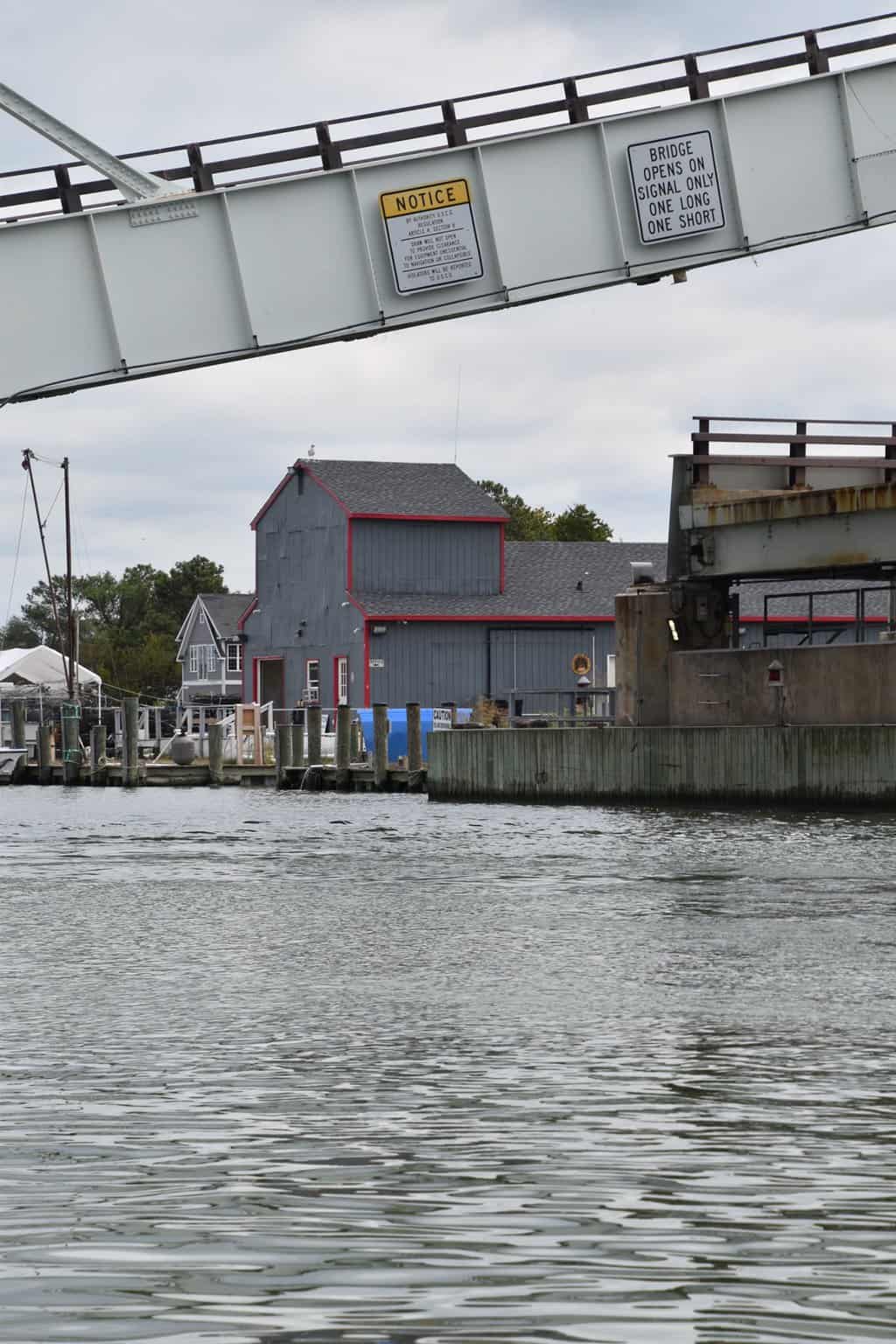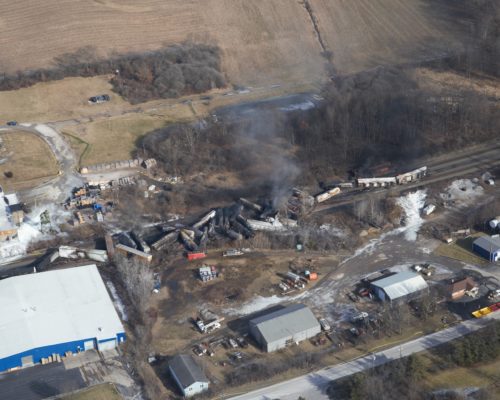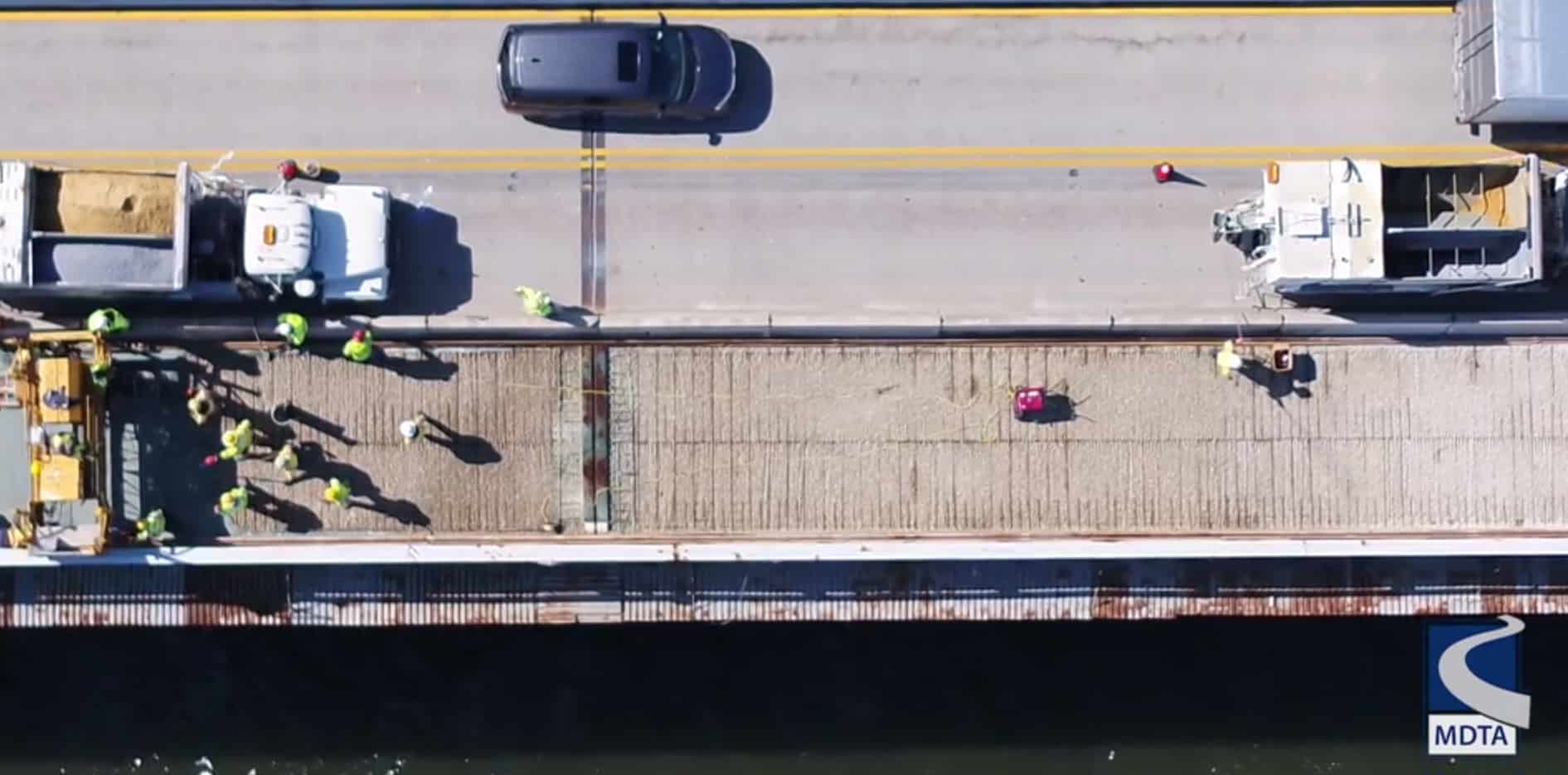In 2003, Hurricane Isabel gave Cardie Templeton restless nights of sleep. Templeton had just moved back to Maryland to take over her family’s business, maritime property management company W&P Nautical.
As Hurricane Isabel was the deadliest, costliest, and most intense Hurricane in the 2003 season, she knew she had to find a way to guarantee security and safety for herself, her family business, and the waterfront businesses neighboring her.
In 1974, the Templeton family purchased property along the Eastport waterfront and began to restore the historic buildings that are included in the National Register of Historic Places for its role in shaping the maritime history of Annapolis. The first official building of 222 Severn was established in 1855 and in 1904, Chance Marine Construction took over the property to build workboats and then in 1914, submarine chasers. Now, the pier is home to The Charthouse restaurant and Oasis Marinas.
Looking to the future, Templeton set out to create a new system that would render the property safe amid extreme storms, climate change making tides rise, and conditions that could threaten the entire waterfront—especially the waterfront directly in front of her business. Her mission? To make her pier accessible and operational year-round.
Although not an engineer by degree, Templeton is a determined visionary at heart. She started her design process by acknowledging that she needed a dock system that is floating rather than fixed, to allow for the pier to move with the tides. This also meant the dock could not be steel or concrete, which are two very inflexible mediums. She also needed a levitating gangway attachment, making it so that as the pier rose, people could still access it. She then made the pier’s electrical platform as high as possible, an entire two and a half feet higher than regulation to allow for for year-round, weatherproof accessibility. The extra-long feeds under the pier allow for the system to rise while keeping all the moving parts connected, as do the anchor piles, which are three feet higher than the dock deck.
This pier was designed with the vision of not needing repairs after any natural storm, including destructive ones like Hurricane Isabel. W&P hopes their investment will pay off with an inexpensive, repair-free future.
Templeton puts an emphasis on Business Reliance Initiatives, steps businesses can take so that they can rely on each other no matter what, which is increasingly important given the urgency of climate change. The businesses at 222 Severn need the peace of mind that their pier and business can be operational year-round. Templeton emphasizes that the more that other properties are resilient, the more they all benefit, and the more they benefit, the waterfront benefits. She ends with the sentiment, “We’re all in this together.”
-Isabel Littmann



